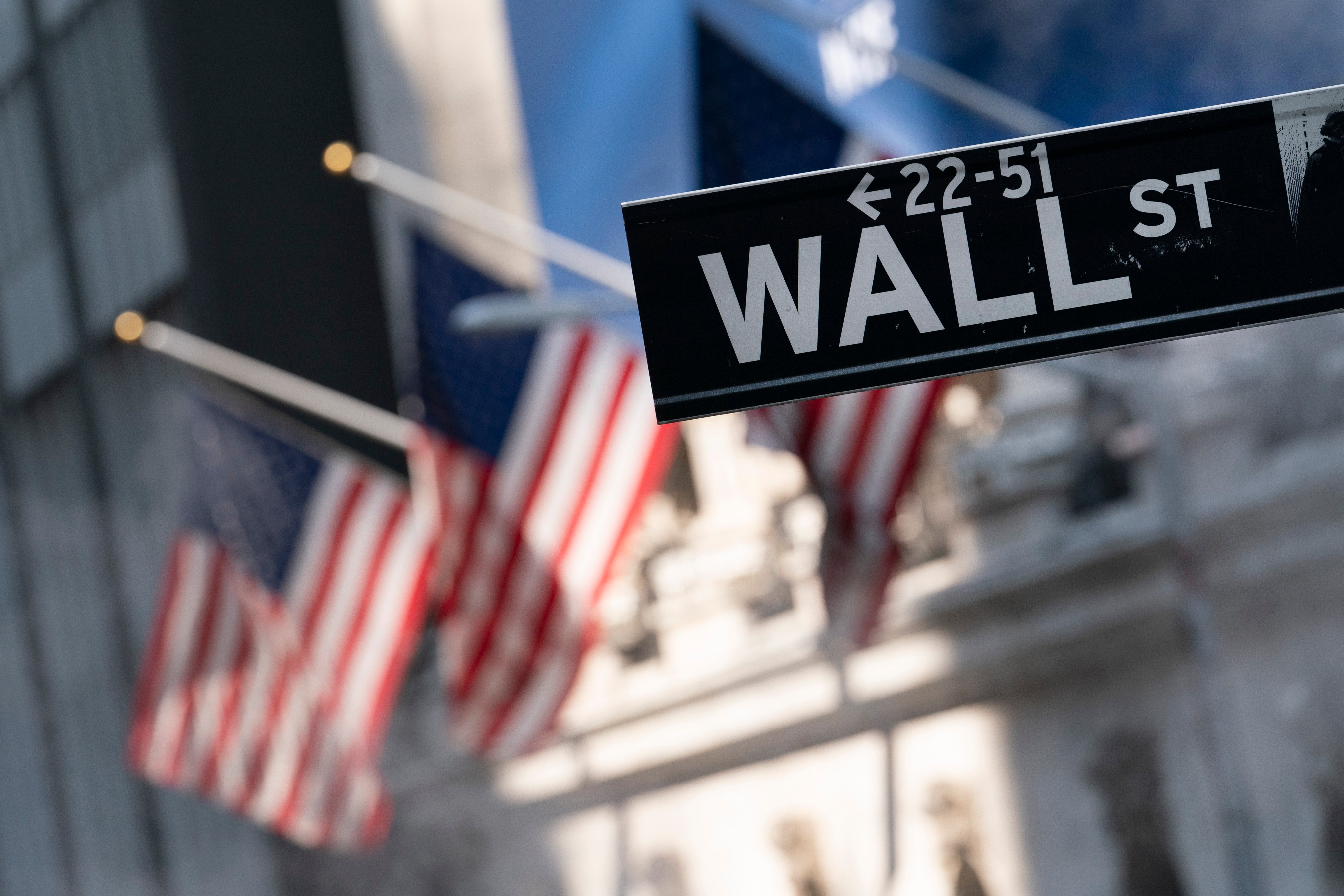All eyes will be on Wall Street after a blow for the markets
Covid-related disruption to the world economy will continue, writes Hamish McRae, but central banks will try to keep the money flowing


Bang. Just when the west was daring to hope it had managed to get on top of Covid-19, a new variant, omicron, has appeared. And for the world of finance, it has been a devastating blow. On Friday the Dow Jones share index fell by 905 points, its worst decline for more than a year. Other equity markets around the world were savaged too. The FTSE100 index fell by 266 points, down 3.6 per cent. It was indeed a Black Friday for the markets, as well as, in a totally different sense, it was for retailers.
And now? Short-term, what matters is what Wall Street does this week. Everyone will be watching the New York opening on Monday, because US shares account for more than half of global equity valuation. The rest of the world will take the lead from that. The tail does not swing the dog.
Longer-term, there will be a tug of war. On the one hand the central banks – and again it is the US federal reserve that matters most – will keep the money flowing. On the other, the disruption will continue to hit economic activity in unpredictable ways. Up to now, the main blows have been to the travel and hospitality industries. They will continue to be vulnerable. But there may be other second-order damage that is not yet apparent.
For a start, look at what happens to US inflation next summer. The only thing that would force the federal reserve to shut off the money taps would be strong evidence that the current surge in American prices has not been a one-off caused by supply chain disruption, and has become embedded. The most recent US number for the annual increase in consumer prices is 6.2 per cent, one of the highest examined in the world. If the US still has inflation running anywhere like that level next summer, there will be huge pressure on the Fed to tighten policy. It won’t be the measured, gradual upward creep in interest rates that the markets still expect. It will be much sharper, and that could lead to a big fallout on the markets – something on a quite different scale to the blow on Friday.
Second, look at US unemployment. The other half of the Fed’s dual mandate is that as well as controlling inflation, it should try to ensure full employment. There is a hot debate about what constitutes full employment in the light of many US workers deciding to leave the labour force, the so-called “Great Resignation”. There is also, as elsewhere, a mismatch between jobs that cannot be filled and people unemployed but unable to take up the jobs on offer. But at some stage, it will become evident that the US is indeed at full employment, and that will give the Fed the freedom to tighten policy.
Now for the other side of the tug-of-war.
One huge question will be how damaging the disruption will continue to be. The working assumption of the global business community (insofar as there is a single assumption at all) is that next year things will be almost back to normal. At the optimistic end of the spectrum is Ryanair. It is launching 250 new routes this winter and thinks it might be carrying 225 million people in 2026.
Other companies are more cautious, but the point stands that most think the new normal will not be so different from the old normal. If that is right and the global economy carries on its recovery, the first half of the 2020s will turn out to be a period of great opportunity for successful global businesses. That in turn could justify the very high valuations on US companies right now.
But if that assumption proves wrong, and we have three or four years of continuing dislocation, then things would look very different. It is true that there is such a thing as a global economic cycle and having had a humdinger of a recession, we are set for a long period of expansion. That growth phase could last for – who knows? – another six, seven or eight years. But the next three years of that expansion could be rough. It could be three steps forward, two steps back.
Let’s see what happens this week. The US share markets were in any case due for a correction, having hit all-time highs earlier this month. It may turn out that this setback will be seen as a necessary pause for reflection. This winter, though, will be a bumpy one.



Join our commenting forum
Join thought-provoking conversations, follow other Independent readers and see their replies
Comments